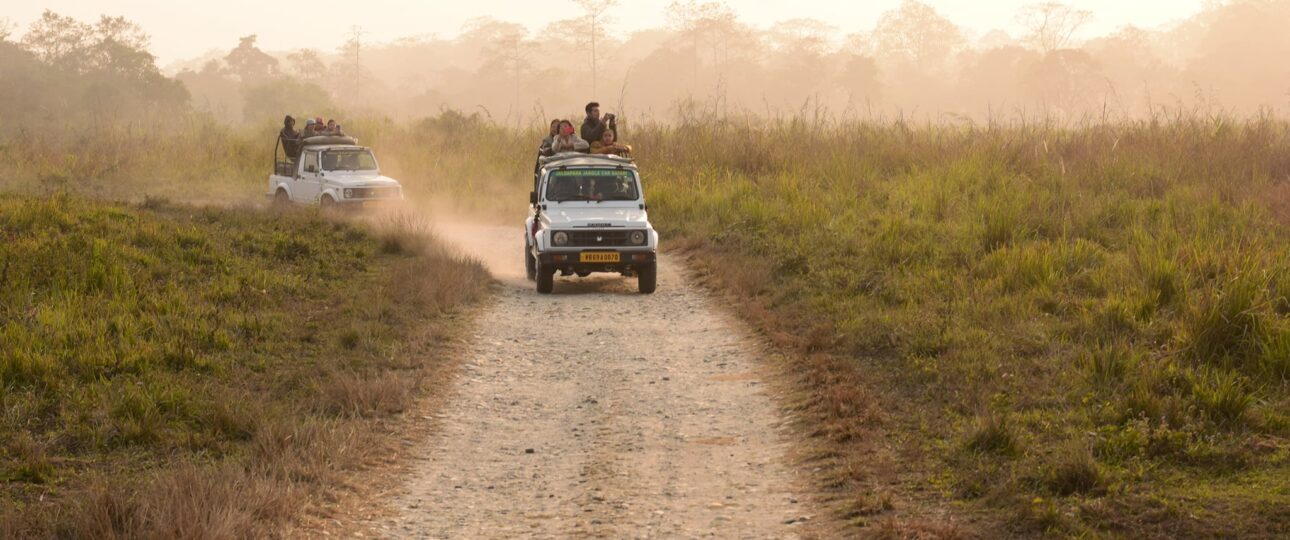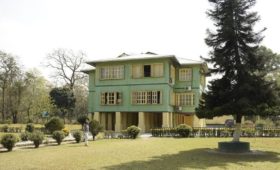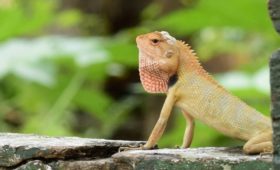05th February 2021 The blog focuses on the territorial fight of one of the most prominent deer of Jaldapara – “Sambar Deer”. If you want to know all about Jaldapara National Park please visit – Jaldapara National Park : A Detailed Travel Guide
It was the last week of January. I had booked two tickets online for last slot(3 pm to 5 pm) jeep safari at Jaldapara National Park. It was really cold and misty in the morning. The only thought that was disturbing me was – will there be enough light to take a good shot.
I took out my camera. Checked the battery level, cleaned my lenses and geared up for the day. By 11:00 am, sun came out bight and the misty and fogy morning suddenly appeared to a bright and warm day.
We reached Jaldapara Tourist Lodge at 2:00 pm and headed straight to the restaurant. In my opinion the best place in and around Jaldapara to have lunch is the restaurant of Jaldapara Tourist Lodge. If get a chance I never miss the opportunity to relish my taste buds with its delicacies.
Jaldapara has primarily four types of deer – a) Spotted Deer b) Barking Deer c) Hog Deed d) Smabar Deer. Another deer called the Barasingha or Swamp Deer was erstwhile found in Jaldapara, but for last few decades its evidence has not been recorded.
This safari will be etched in my memory for the days to come. It was the for the first time, I recorded a territorial fight between two sambar stags.
Some Facts About Sambar Deer
- A sambar stag attracts hinds by his call and by the powerful odour of his scent glands which attain their maximum development during the rut.
- Sambar are territorial animals. The males fight for territory. Each stag fights to obtain sole rights over some favoured valley.
- The victor becomes the master of the hinds which enter it. Pairing (mating) takes place in November and December.
- After the rut, he deserts them and leads a solitary life till the return of the mating season.
A Small Note About the Grasslands of Jaldapara
The road from Harindanga Watchtower to Jaldapara Watchtower primarily goes through vast expanse of grasslands. There is history behind how this grassland was formed. The area we are talking about that is from Harindanga Watchtower to Jaldapara Watchtower was earlier drained by Torsha River. In 1968 there was a devastating flood in the district of Jalpaiguri. At that time Torsha River changed its course and area gradually turned into a grassland. The grassland as we see today was erstwhile the Torsha River.
The Fight – Clash of the Sambar Stags
This grasslands are happy roaming grounds for the Sambars. Availability of fodder and and presence of Flame of the Forest Tree or ‘Palash’ Tree draws the Sambars to this area. Sambars are fond of the fruit of Palash Tree. The stags fight of this coveted area of the park to become the master of the hinds grazing in the area.
Sharing with all a glimpse of the story. Subscribe to our site, to get the latest updates/stories about Dooars and North Bengal.
Happy Travelling!!




